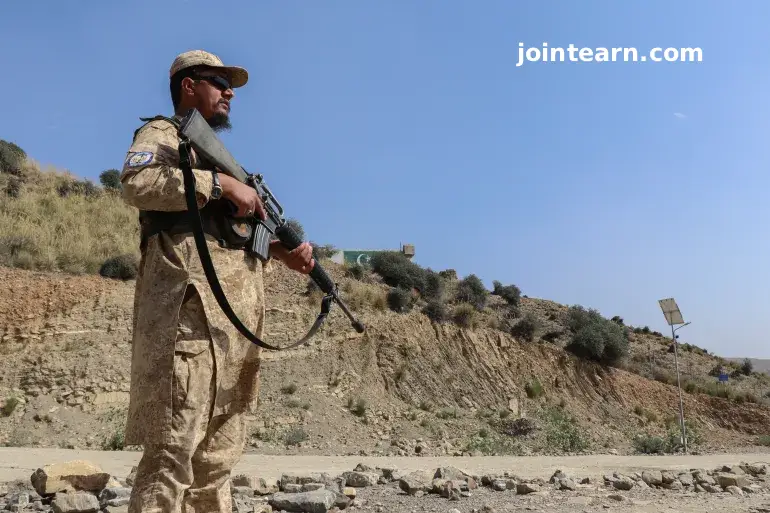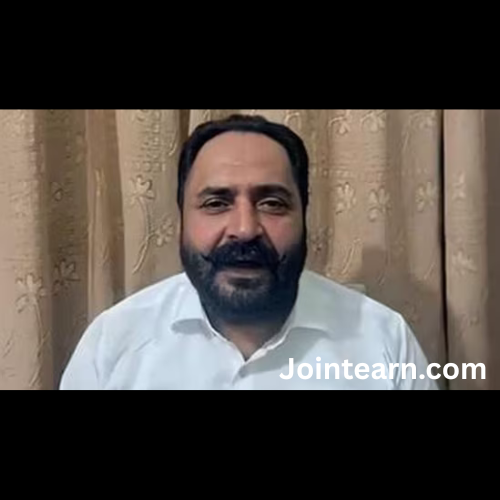
Afghanistan and Pakistan once again exchanged fire along their volatile border as delegations from both nations convened in Turkiye to resume talks aimed at finalizing a ceasefire following deadly clashes last month. The negotiations in Istanbul are intended to solidify a truce initially agreed upon on October 19 in Qatar, which brought an end to a week of violence that left dozens dead and hundreds injured, including both civilians and military personnel.
Cross-Border Tensions and Mutual Accusations
The recent clashes reflect the deep-rooted mistrust between Afghanistan and Pakistan, particularly over security issues. Islamabad has repeatedly accused Kabul of providing safe haven to groups like the Pakistan Taliban (TTP), which is blamed for attacks inside Pakistani territory. The Taliban government in Afghanistan has consistently denied these allegations.
During Thursday’s brief skirmish, Afghan forces reported that Pakistani troops fired on Spin Boldak, a city in southern Kandahar province. Afghan government spokesman Zabihullah Mujahid emphasized that the Taliban forces exercised restraint to avoid civilian casualties:
“While the third round of negotiations with the Pakistani side has begun in Istanbul, unfortunately, this afternoon Pakistani forces once again opened fire on Spin Boldak, causing concern among the local population. The Islamic Emirate’s forces, out of respect for the negotiation team and to prevent civilian casualties, have so far shown no reaction.”
Pakistan, however, rejected this claim, stating that Afghan forces initiated the firing:
“We strongly reject claims circulated by the Afghan side regarding today’s incident at the Pak-Afghan border at Chaman. Firing was initiated from the Afghan side, to which our security forces responded immediately in a measured and responsible manner,” said the Pakistan Ministry of Information & Broadcasting on social media platform X.
According to local officials, the exchange lasted 10–15 minutes, after which calm was reportedly restored.
Challenges in the Turkiye Ceasefire Talks
The Istanbul negotiations have faced hurdles, with both sides accusing each other of obstructing progress. Key points of contention include the specifics of border monitoring and mechanisms to hold violators accountable.
Last week, Turkiye announced that the parties had agreed to establish a monitoring and verification system to maintain peace along the border and penalize violations. However, the resumption of even minor clashes highlights the fragility of the truce.
Despite the ceasefire agreement, major border crossings between Afghanistan and Pakistan remain closed to trade and civilian movement. While Pakistan has partially reopened two crossings to facilitate the return of Afghan refugees, full normalcy has yet to be restored.
Humanitarian Impact
The October clashes caused significant casualties. The United Nations reported that 50 civilians were killed and 447 others wounded on the Afghan side, while at least five deaths in Kabul were blamed on Pakistani attacks. Pakistan’s army reported 23 soldiers killed and 29 wounded, though no civilian casualties were mentioned in official statements.
The continued border violence poses severe risks to the region, where security, trade, and humanitarian concerns intersect. Analysts warn that failure to finalize and enforce the ceasefire could reignite large-scale hostilities, worsening an already tense situation in South Asia.
Conclusion
The brief cross-border firing between Afghanistan and Pakistan underscores the delicate nature of peace negotiations and the persistent mistrust between the two nations. As delegations meet in Turkiye to finalize the ceasefire, the world watches closely, hoping for a lasting resolution that ensures both security and stability along one of the region’s most conflict-prone borders.
Key Takeaways:
- Afghanistan and Pakistan exchanged fire near Spin Boldak during Turkiye ceasefire talks.
- Talks aim to finalize a truce agreed upon in Qatar on October 19, 2025.
- Border closures remain in place, affecting trade and civilian movement.
- Casualties include dozens of soldiers and civilians on both sides.
- A monitoring and verification mechanism is being proposed to enforce peace.


Leave a Reply